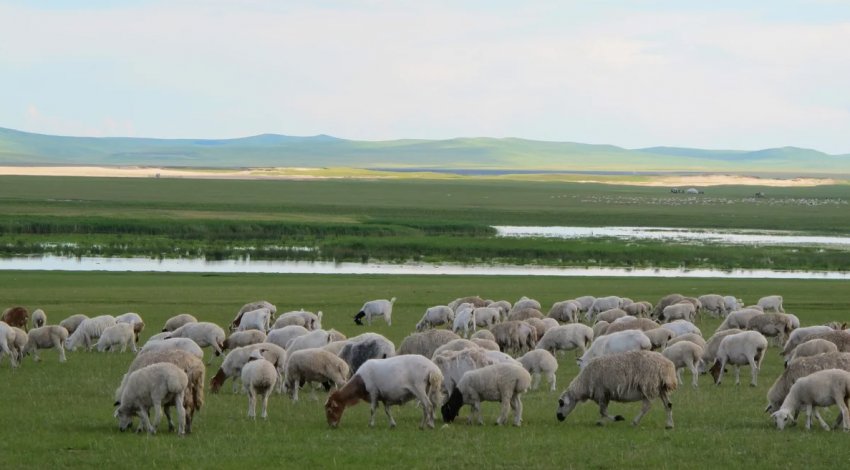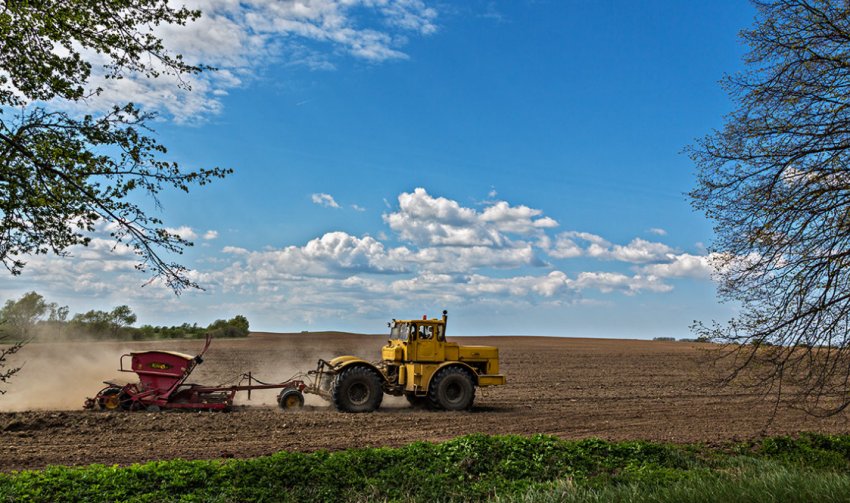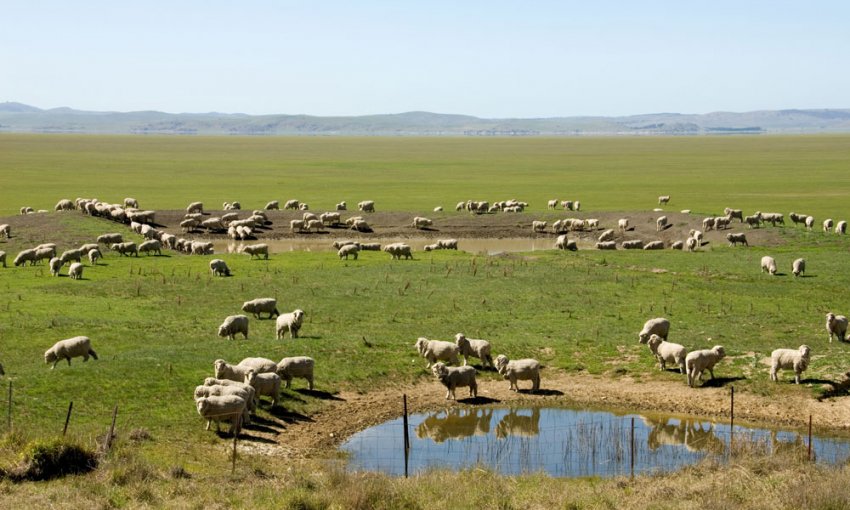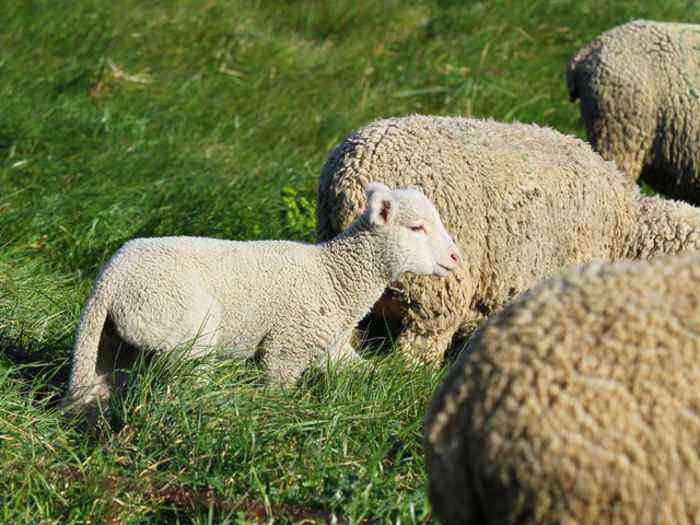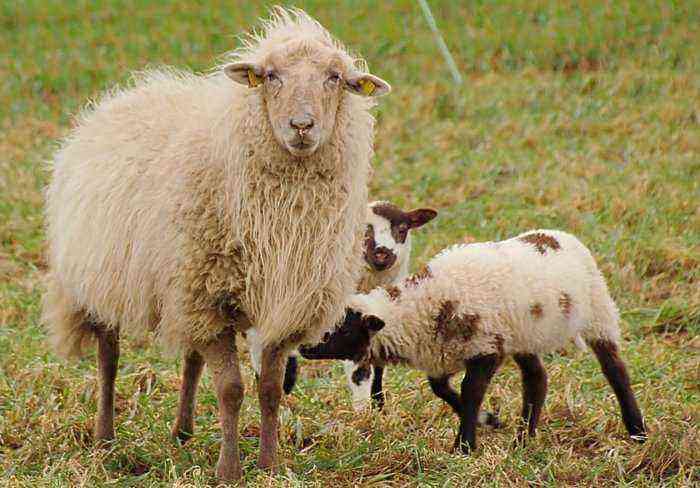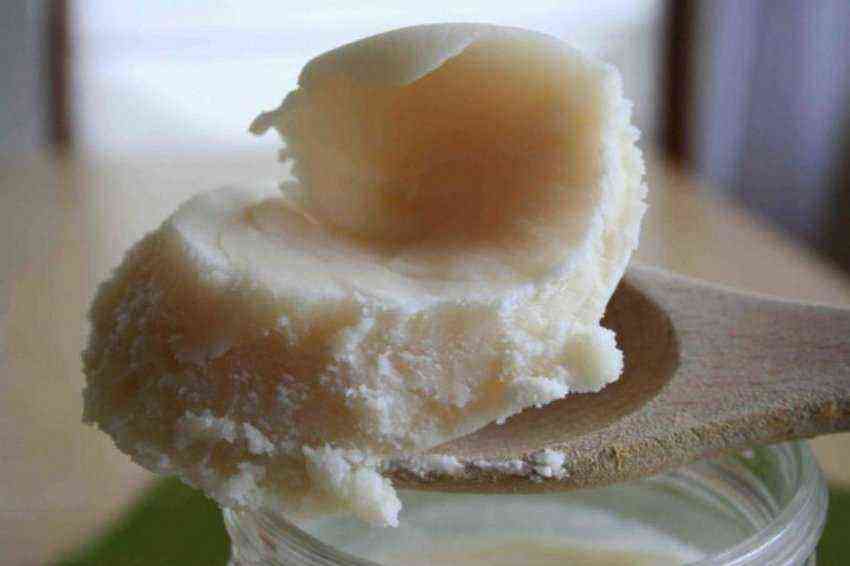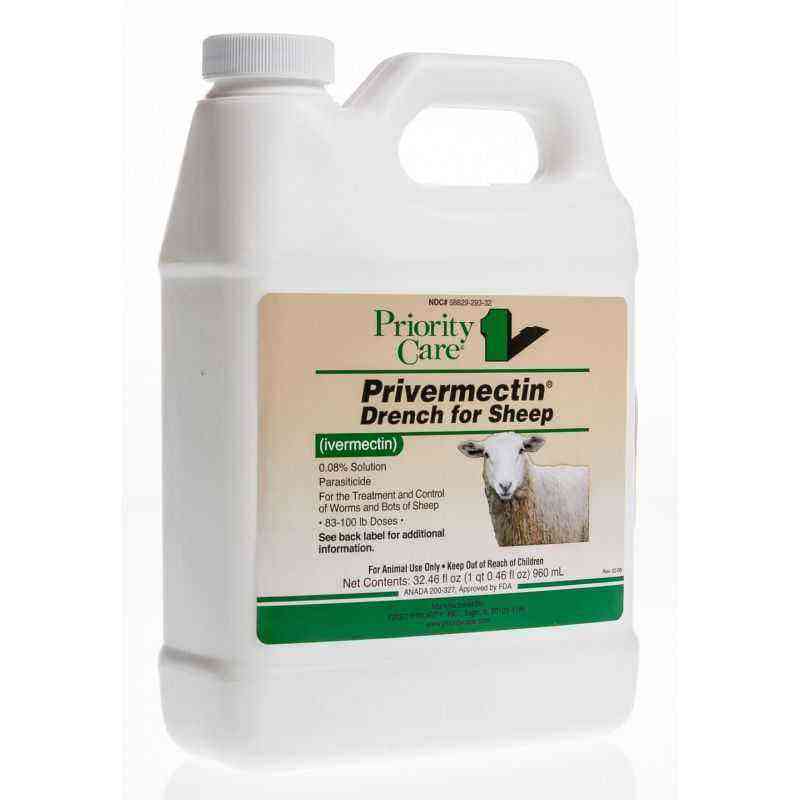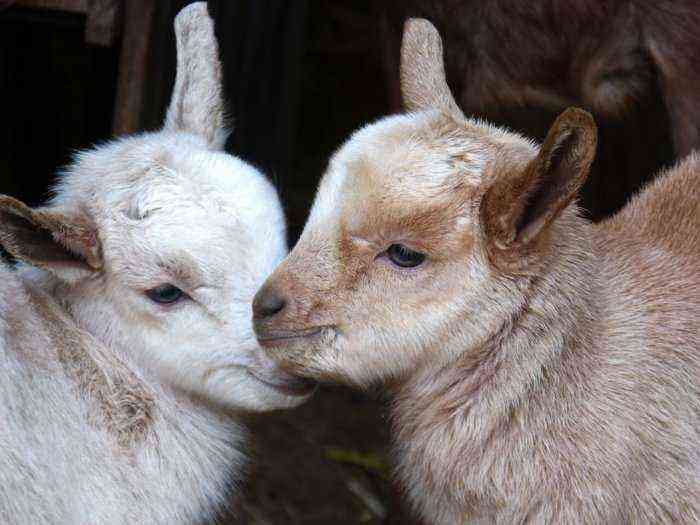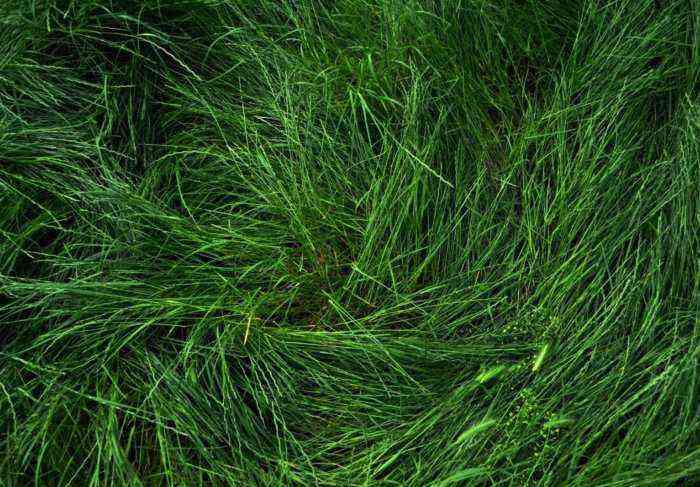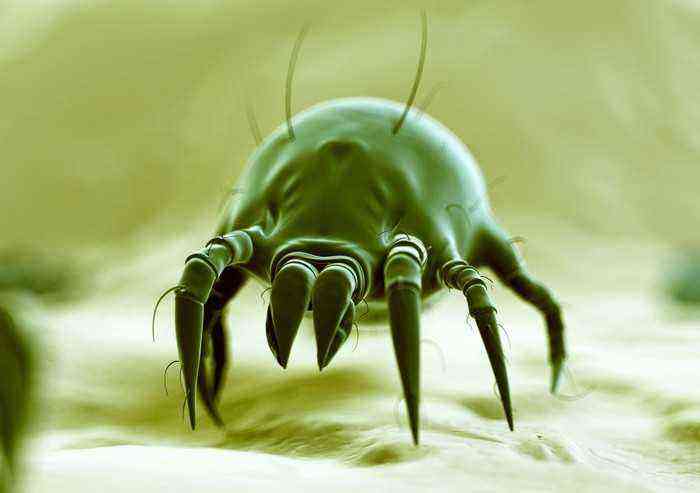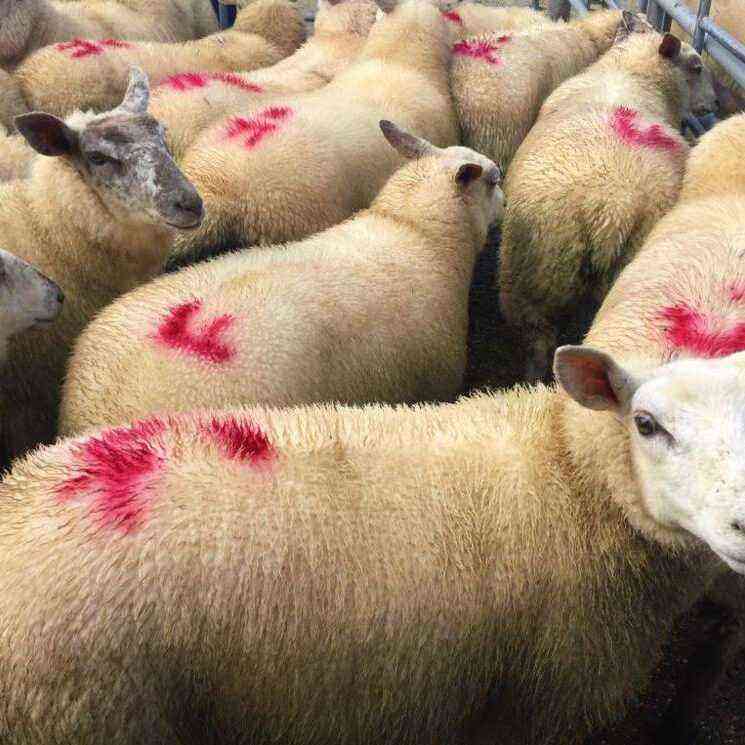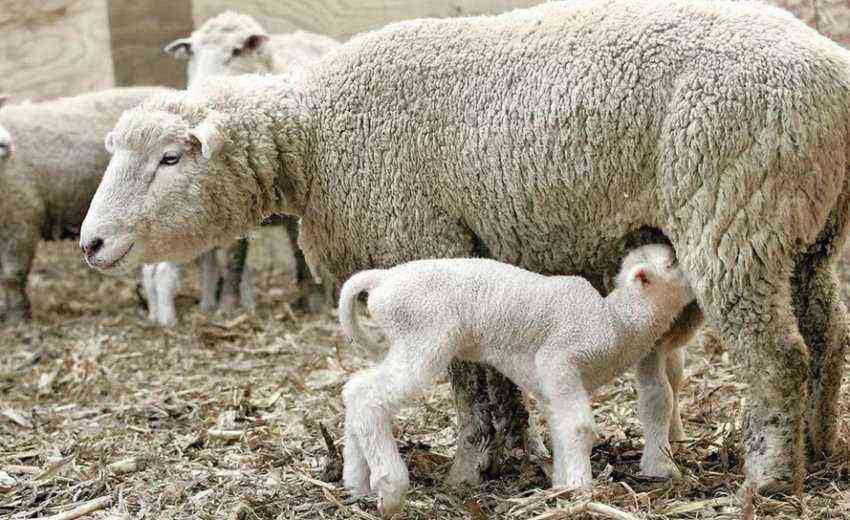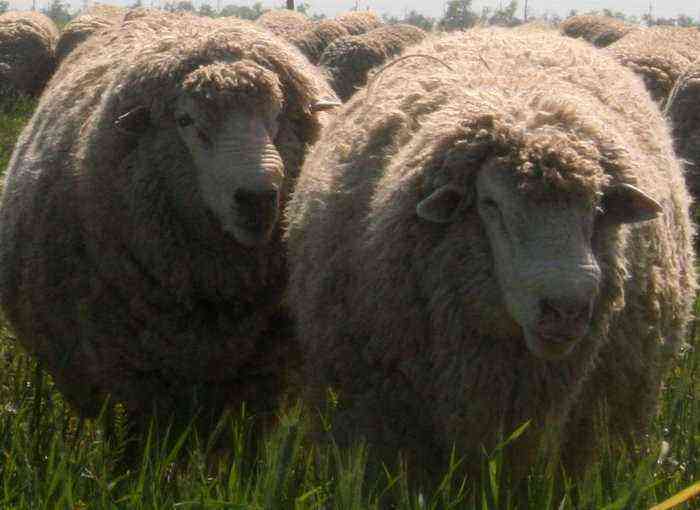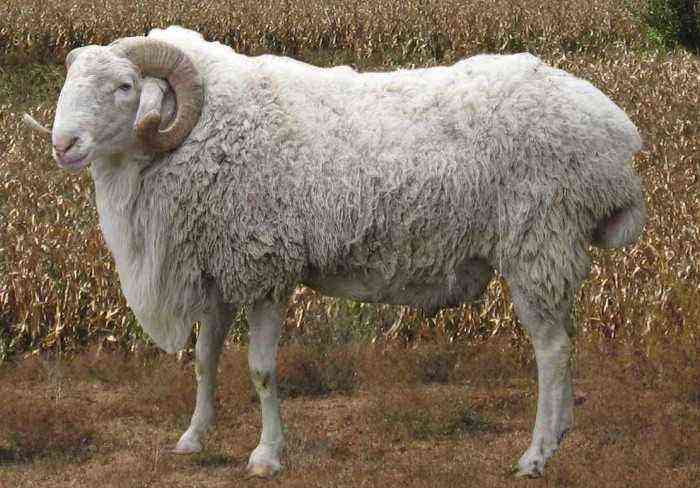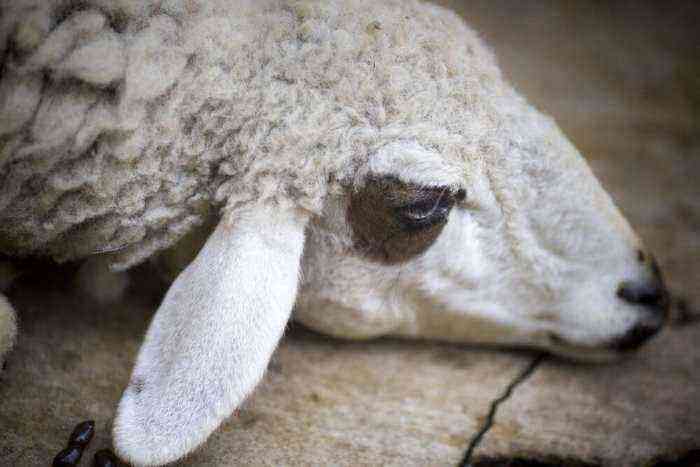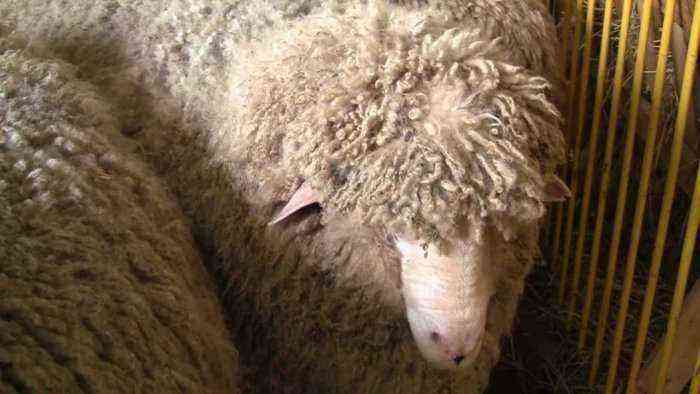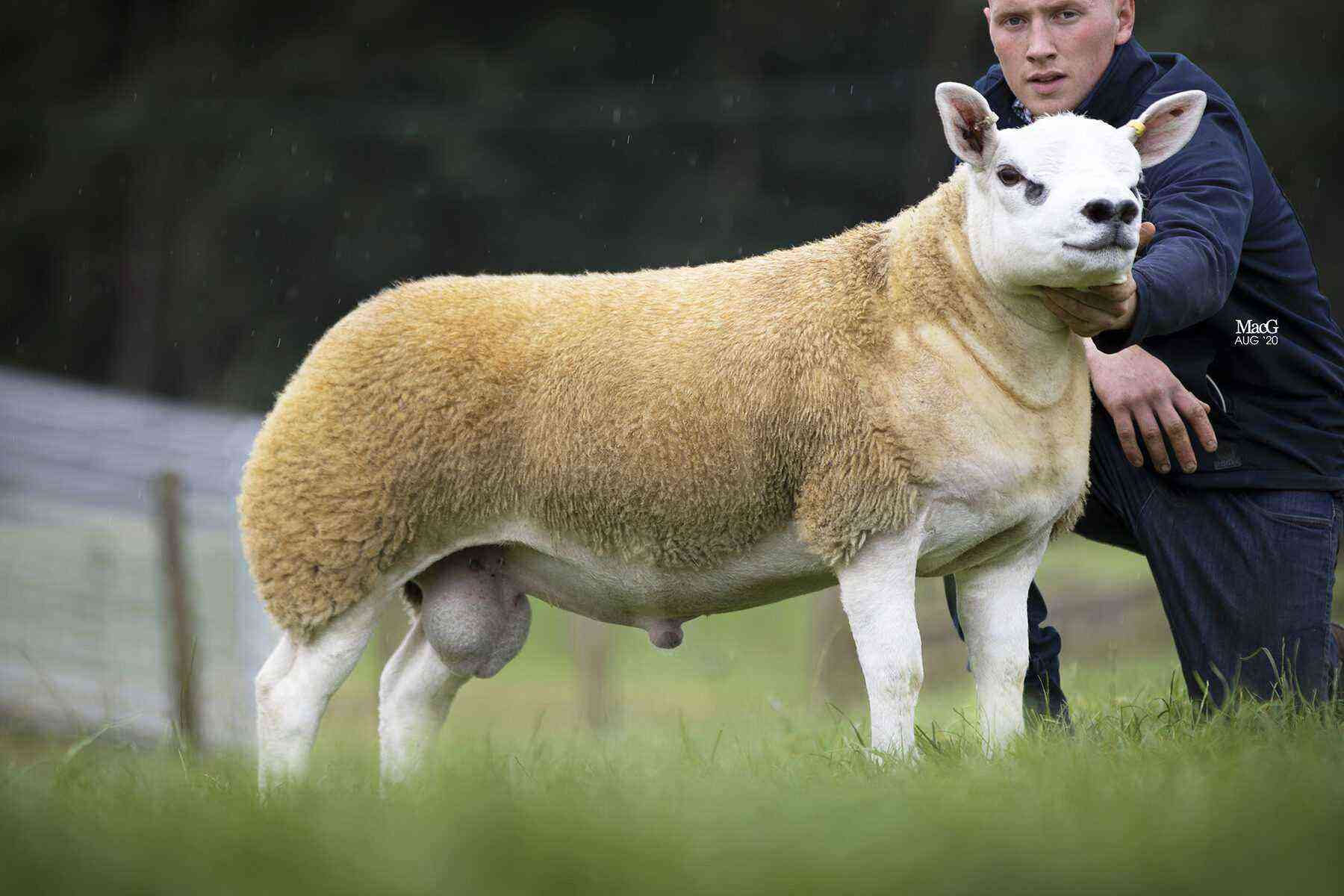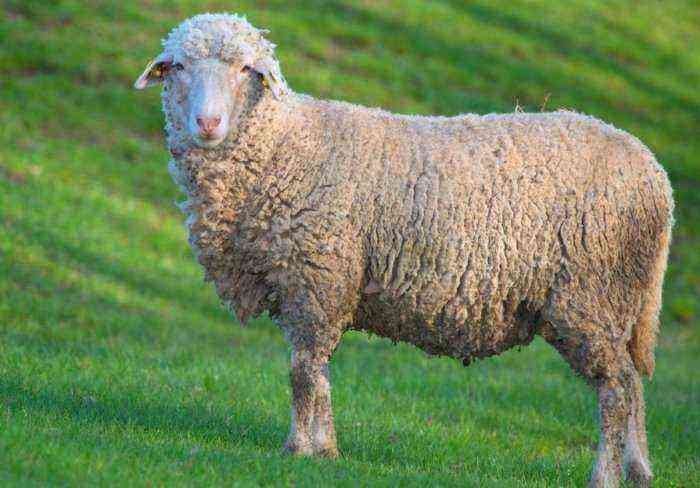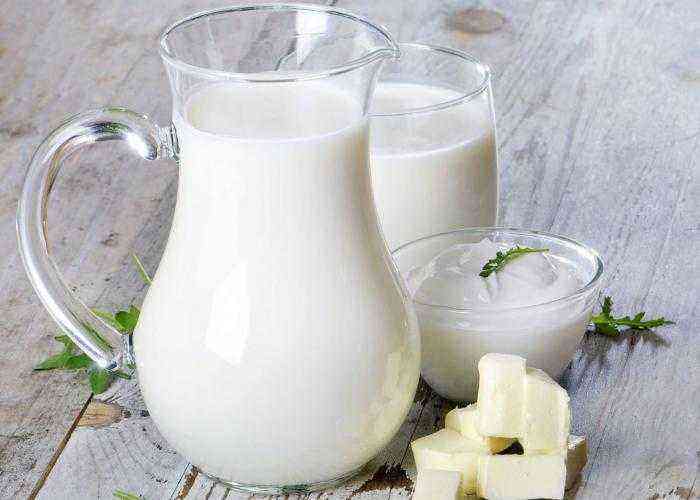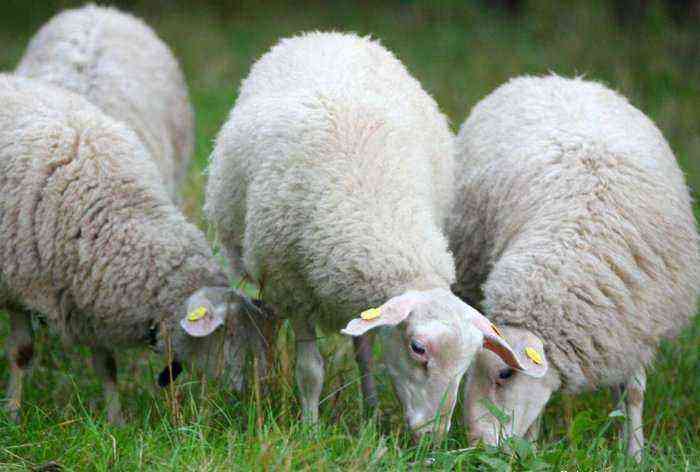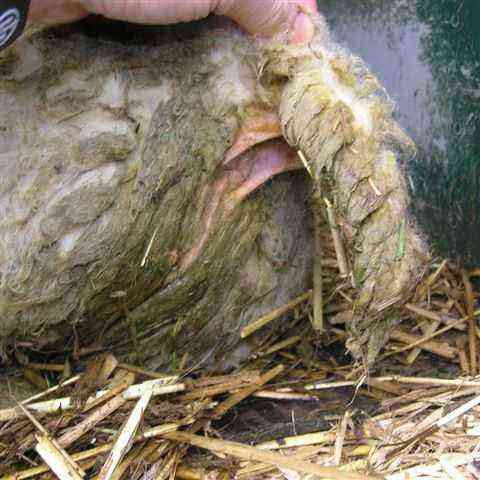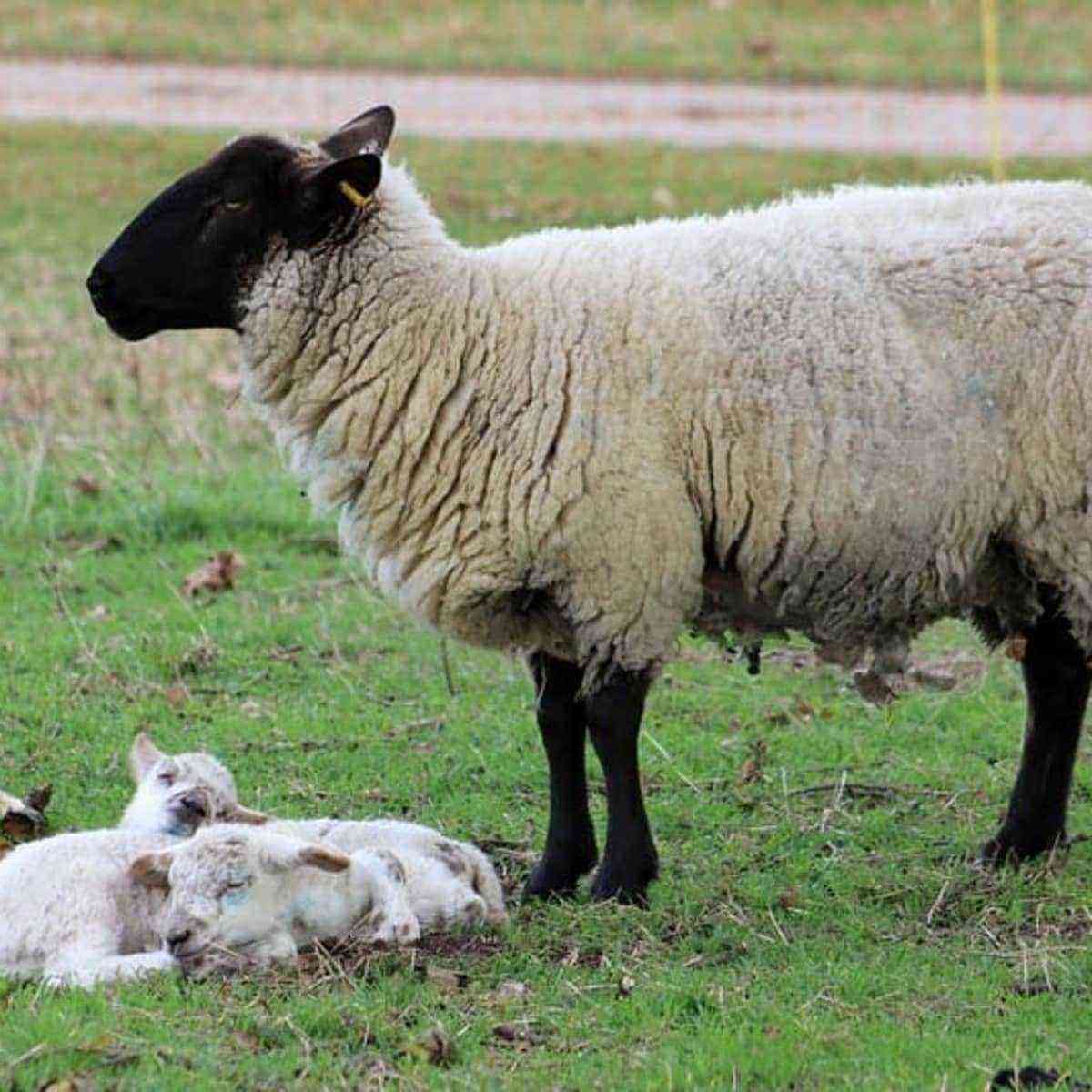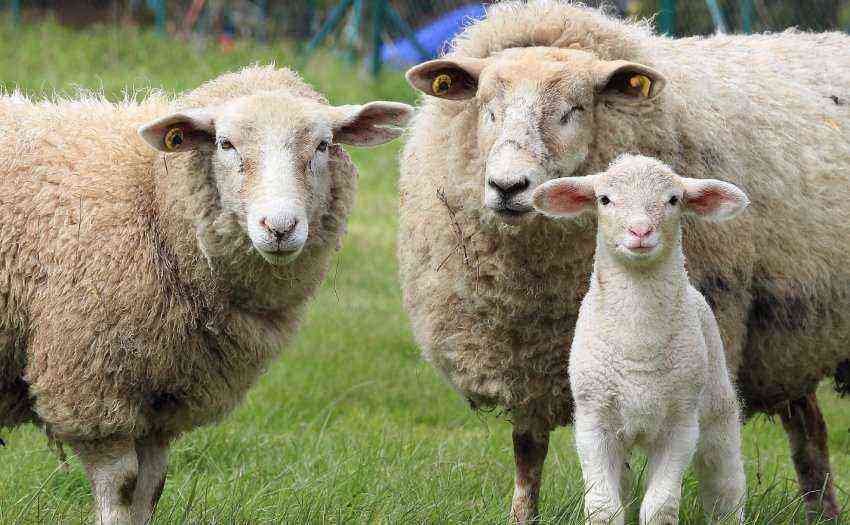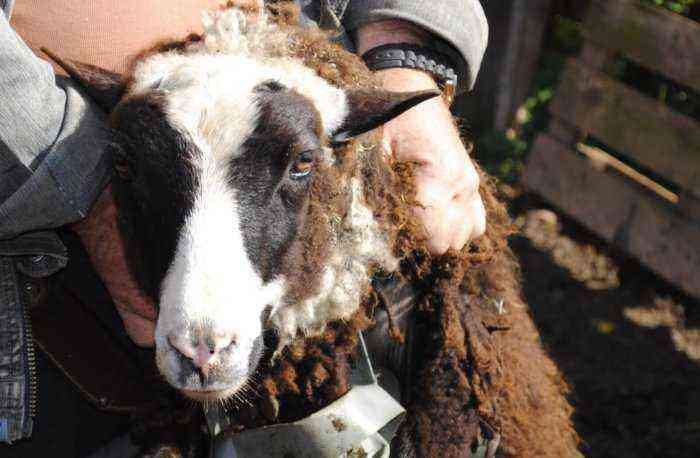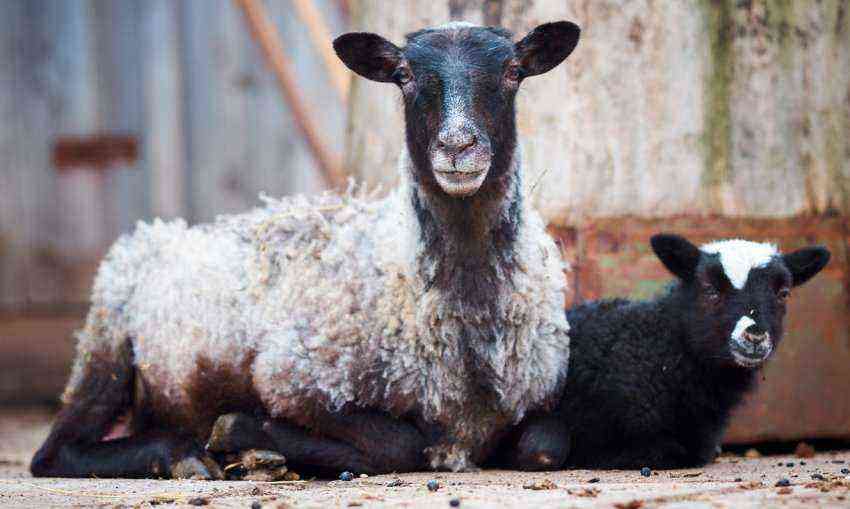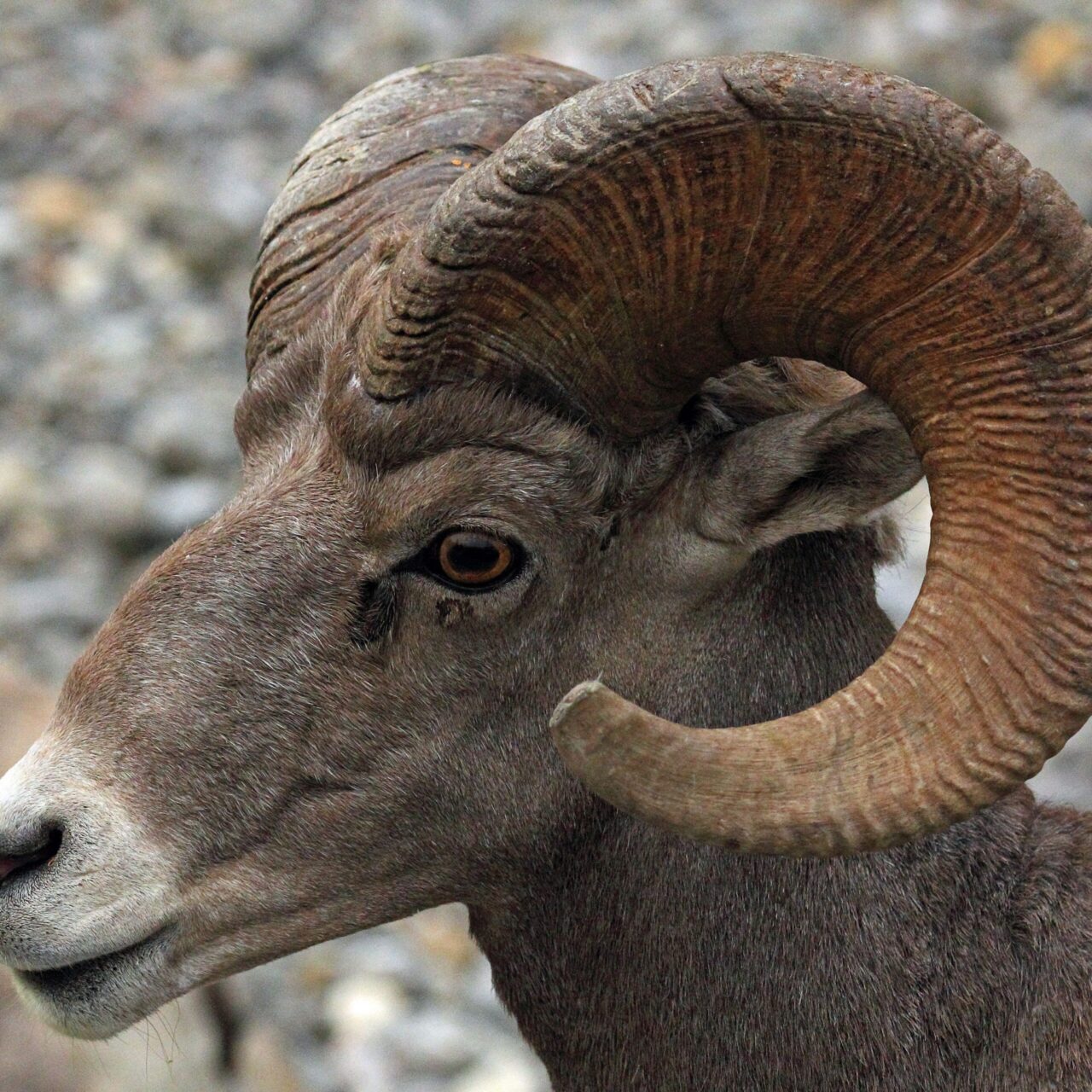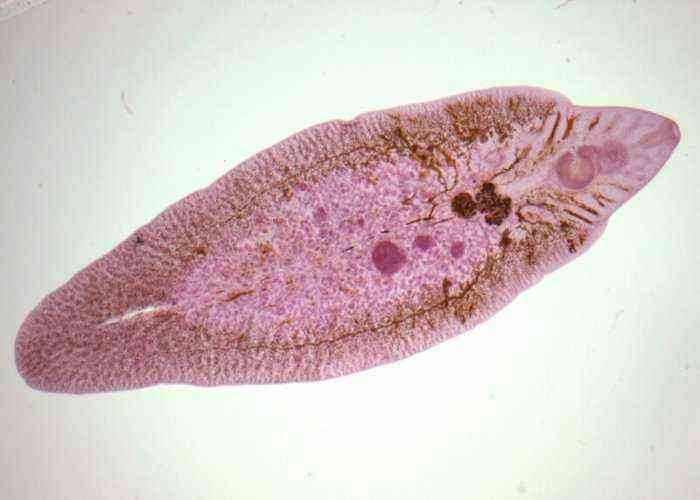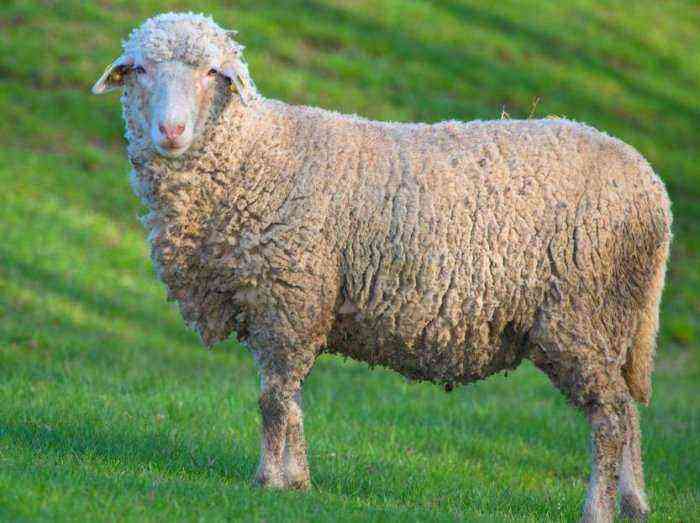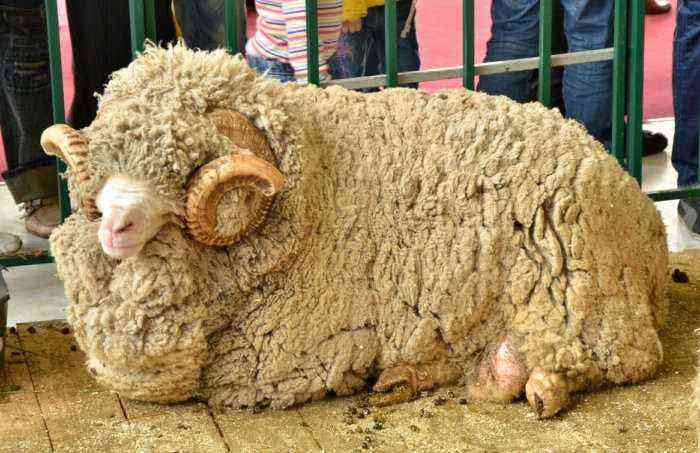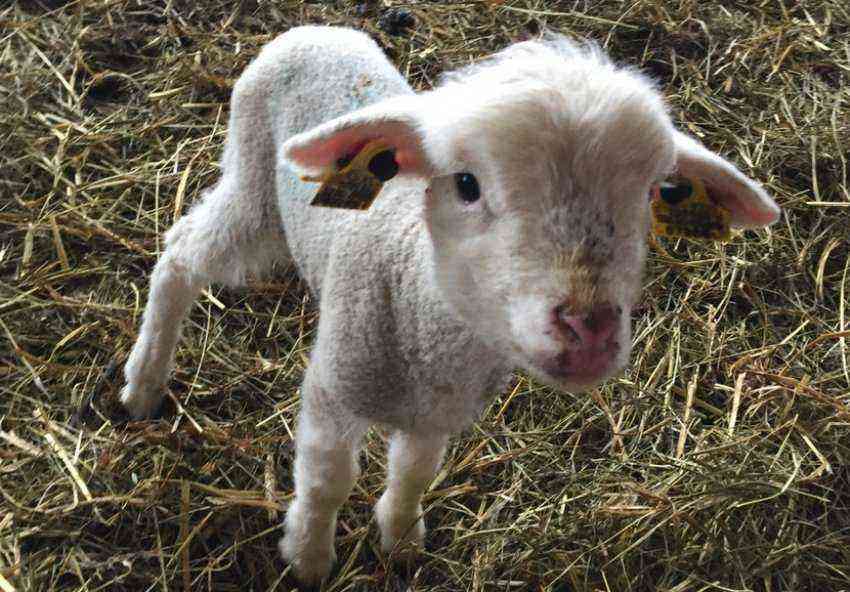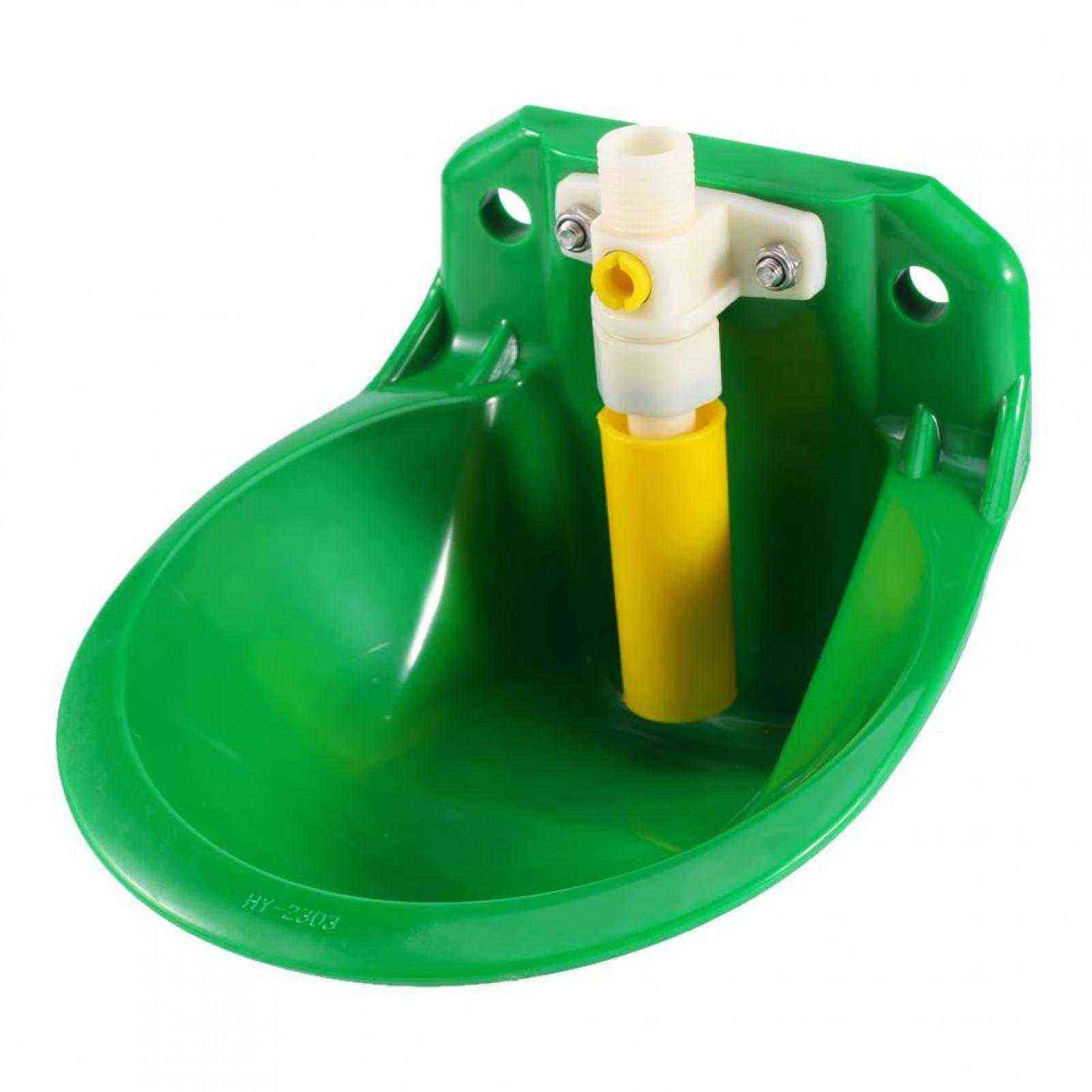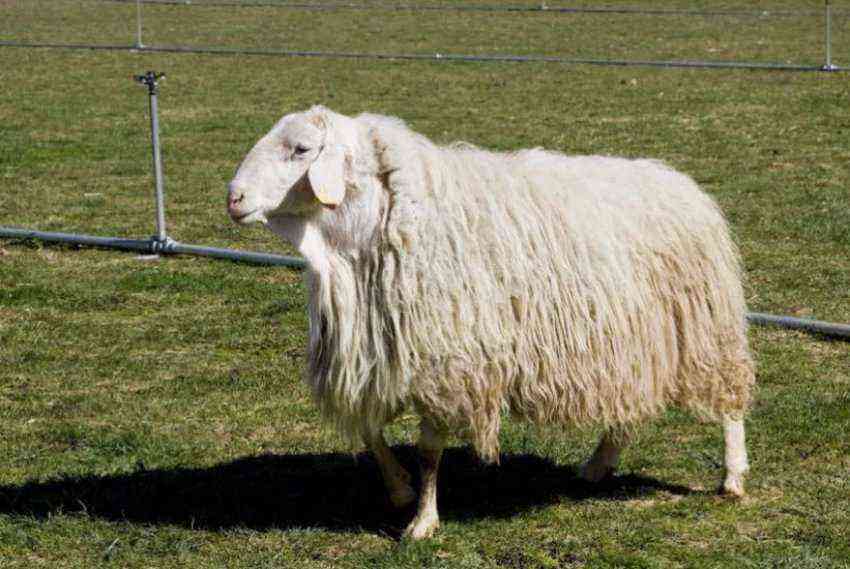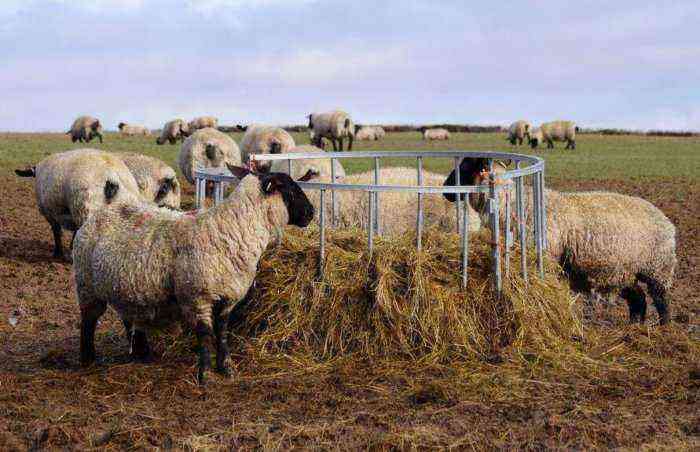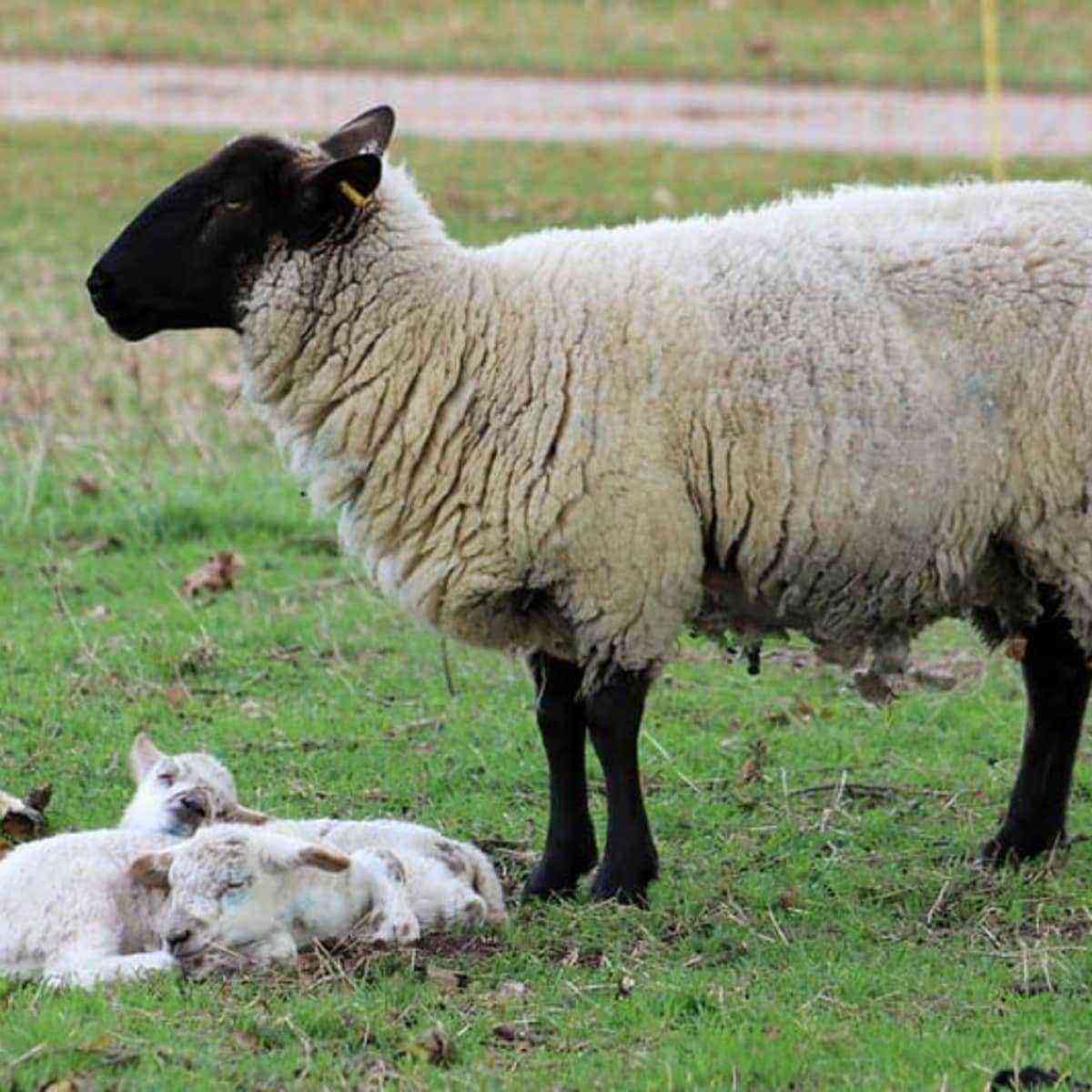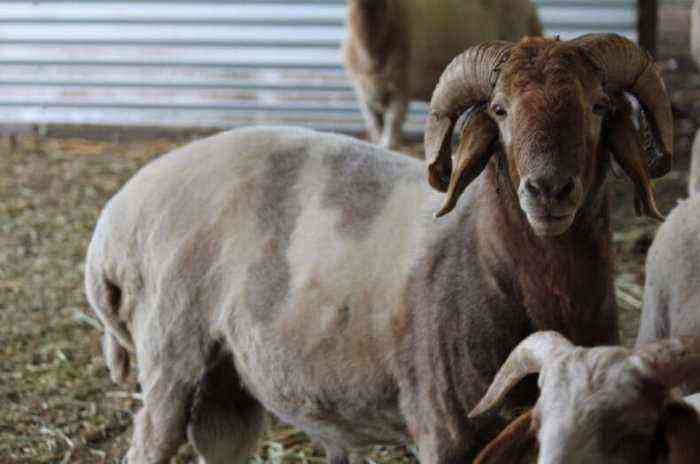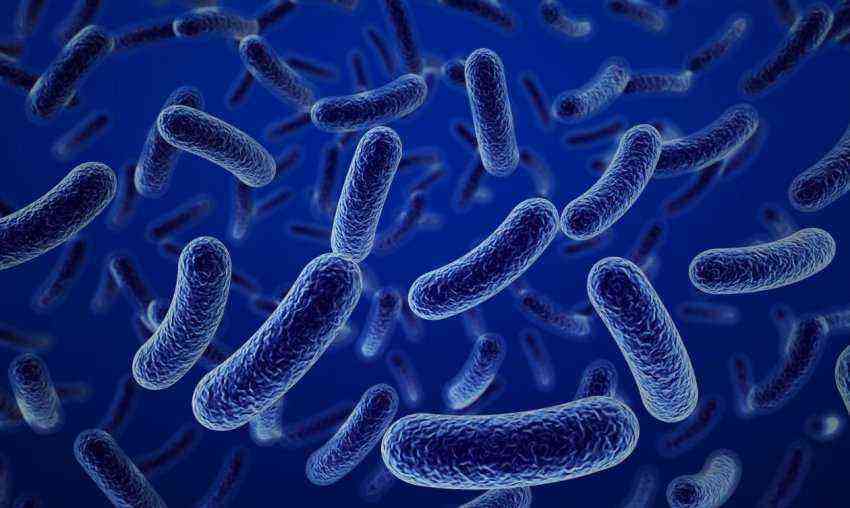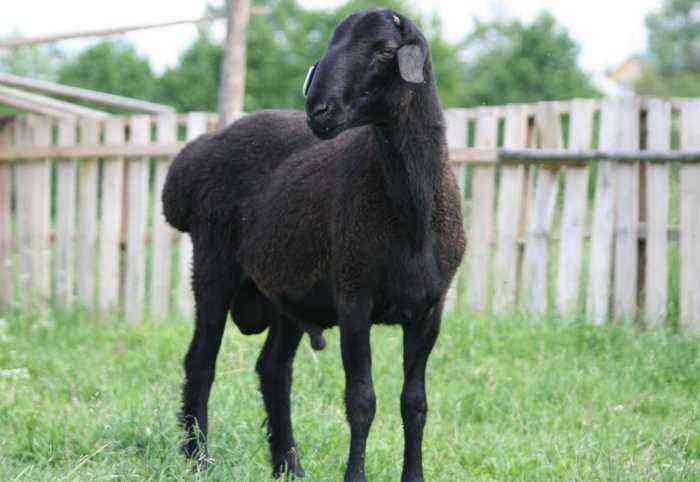For sheep farmers, proper grazing is an important part of good care for these animals. In the article, you will learn about the types and organization of pastures, grazing techniques, as well as the main advantages of grazing sheep.
Benefits of grazing
- The main advantages of grazing herds are:
- obtaining economical green fodder for livestock;
- strengthening the body of animals due to their free movement on the pasture;
- improvement of livestock productivity, good quality of meat and milk.
Timing and organization of pasture use
For good grazing, it is necessary to properly organize the pasture. It is recommended to bleed it in small areas (pens). The pens must be removed so that each of them has the opportunity to feed the flock for 5-6 days. It is necessary to bleed the pens again in 1-1,5 months.
The pasture must be divided into an average of 10 plots and the herd should be grazing on them with an extended front.
Types, their features, size
The size of the grazing area is individual and depends on the number of sheep that can be fed per 1 ha during the grazing season.
Its area can be calculated using the formula:
G = Y / P x P, where:
- Г – the number of sheep per 1 ha of land;
- У is the yield of eaten grass per hectare (kg) multiplied by the percentage of use of the grass stand;
- Н – the rate of grass per sheep per day;
- П – duration of use of the site.
Grazing pastures can be natural or artificial. Let’s talk about each of them in more detail.
natural pastures
Among natural areas for grazing, preference should be given to dry and dust-free areas, in which forbs predominate, and the grass is thick and clean. Consider which of them are the most suitable for animals.
Steppe
To determine the productivity of steppe areas, an important factor is the time of year when grazing is planned. In the spring there is an active growth of grasses, at this time such areas are useful and nutritious for livestock.

In summer, under the scorching rays of the sun, the grass burns out, the nutritional value of such a site will be low. Its rate rises after rain, when the grasses begin to grow again.
Mountain
Cereals and legumes grow on such pastures. They can provide livestock with complete fodder during times of heat and drought. Grazing herds in mountainous areas strengthens the immunity of animals, so that they become resistant to various diseases.
Did you know? With one shearing from an adult sheep, you can get up to 10 kg of wool.
Dry
They are often located along the watersheds of rivers and are characterized by low herbage. Such areas are especially nutritious if legumes or small-stalked cereals grow on them.
Forest
They are almost unsuitable for grazing animals, because they have high humidity and low-value herbage in terms of fodder.
swampy
It is not recommended to graze flocks on them, because the vegetation here is coarse, tall and poor in nutrition. They can also pose a danger to livestock, as they are a source of infectious and parasitic diseases.
pastures of water meadows
Although there is lush vegetation in the water meadows, because of her tall stature, she is not well suited to feed sheep. In addition, if the livestock is located in the lowlands, greenery can contribute to the spread of clay invasions, so grazing in such areas is not recommended.
Important! In some pasture areas, sheep are likely to become infected with scabies. To avoid this, it is necessary to vaccinate and treat animals.
Artificial pastures: specifics
If for some reason the sheep breeder does not have the opportunity to graze the flock on natural pastures, artificial (sown) areas can be used for this. Usually they are sown with a mixture in which 60% are cereals, and 40% are perennial legumes.
Sow there you need plants with different lengths of the growing season. By sowing them at different times, it is possible to achieve the growth of the green mass of plants during the entire grazing period.
grazing technique
Having organized a grazing site, it is necessary to prepare the herd for grazing, as well as organize a daily routine for animals and a watering place.
Preparation for grazing
Before grazing sheep, the following activities must be carried out:
- Conduct a veterinary inspection of the herd. In the presence of any diseases, the animal must be left in the stall to be cured, and only after that it should be allowed to graze.
- Clear the grazing area of debris.
- Trim the sheep’s wool around the eyes and trim the hooves.
- Form flocks based on the age of the animals and the quality of their six.
- Determine and equip places for the rest of the flock.
- Carry out the development of a plan for grazing and driving the herd.
Video: pasture management rules
Routine
For a flock, it is necessary to form the following daily routine:
5-6 hours pasture to pasture. An adult animal is able to eat in 4-5 hours 10-11 hours transfer of animals to a specially equipped place for rest 14-15 hours transfer to pasture
It is necessary to graze animals until late in the evening, after driving them to the stalls. Also, some sheep breeders graze the flock around the clock.
Did you know? China holds the record for the number of sheep. About 140 million animals live on the territory of this state.
Organization of watering
How much water animals need depends on weather conditions. Cattle need to be watered 2 times a day, in dry weather – 3 times a day.
If the water source is at a distance of up to 3 km, you can drive the flock there. If this distance is longer, water should be delivered to the resting place of the flock, otherwise crossing over long distances will negatively affect the fatness of the animals and the condition of the site.
Change in live weight during the feeding period
Numerous studies on pasture foraging prove its cost-effectiveness. Such feeding contributes to an increase in the live weight of sheep and the yield of meat products. Under favorable conditions and good food, the weight of an adult sheep per day can increase by more than 600 g.
The number of feed units of digestible protein in 100 kg of grass
Green food contains a large amount of water (60-80%), protein, minerals and vitamins. Below is a table of the content of feed units and digestible protein per 100 kg of feed, depending on the type of pasture.
pasture type
Feed units (kg)
Digestible protein (kg)
Steppe 21,3 1,4 Mountain 19,8 1,5 Dry valley 25,7 2,6 Forest 18,0 1,2 Marshy 12,5 1,1 Water meadows 27,8 1,6 Artificial 20,7 1,4
Is it possible to graze sheep after rain
It is not recommended to take animals out to pasture immediately after rain. The greens taste good, but are bad for sheep because they can get bloated, and without the help of a veterinarian, this problem can not be dealt with.

Properly organized grazing of sheep contributes to their rapid growth and good weight gain. Using all the tips and tricks, you can improve their nutrition, as well as increase the meat and dairy productivity of these animals.
